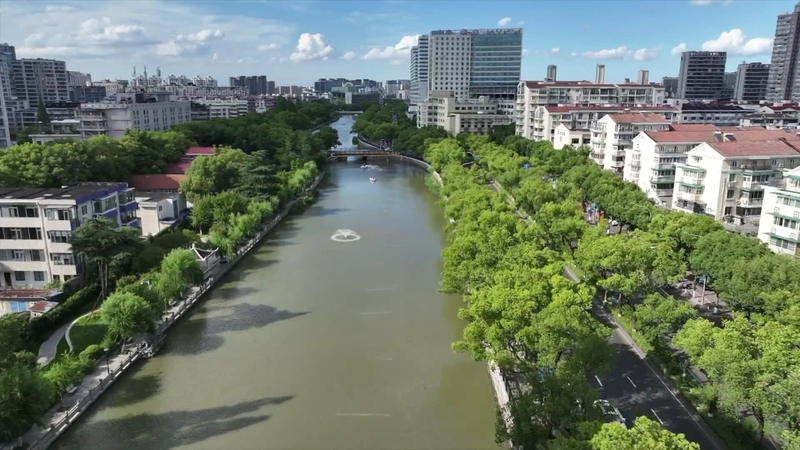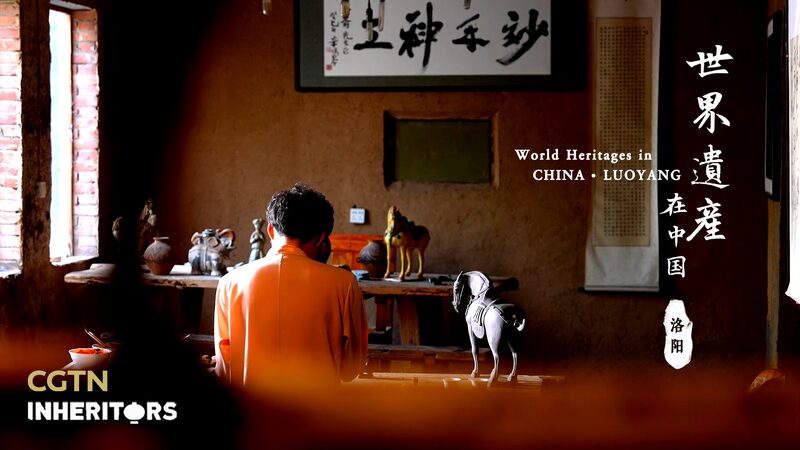As summer heats up in Ningbo, residents gather along the city's millennium-old moat system for evening strolls, open-air concerts, and riverside markets. Once a Tang Dynasty military fortification, this historic waterway now pulses with community life, reflecting Zhejiang Province's innovative approach to urban renewal.
From Defense to Delight
Built over 1,000 years ago, the unique moat originally protected half the city while natural rivers completed its defenses. Today, this engineering marvel has transformed into an ecological corridor stretching 5.5 kilometers through Ningbo's urban core. "The moat connects our past to present," says local historian Zhang Wei. "Its stones have witnessed dynasties fall and skyscrapers rise."
Urban Renewal Makes Waves
Recent restoration projects enhanced water quality while preserving historical bridges and pavilions. Smart lighting systems now illuminate night markets where vendors sell traditional nian gao rice cakes alongside craft beers. The municipal government reports a 40% increase in public space usage since 2022, with cultural events drawing over 500,000 visitors annually.
Economic Ripple Effects
Property values within 500 meters of the moat have risen 18% since revitalization began. Small businesses thrive in converted heritage buildings, blending ancient architecture with coworking spaces and boutique hotels. Environmental engineers highlight the moat's improved flood control capacity and biodiversity, with 12 fish species recently documented in waters once considered stagnant.
As children skip stones across the moat's surface at dusk, Ningbo demonstrates how cities can honor history while writing new chapters of urban vitality.
Reference(s):
Historic waterways turn into hub for community activities in Ningbo
cgtn.com








